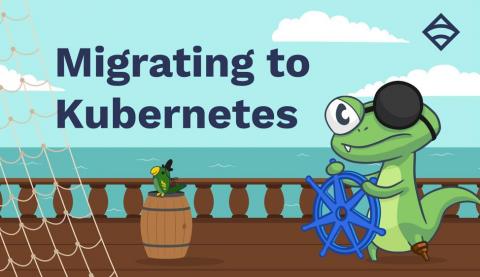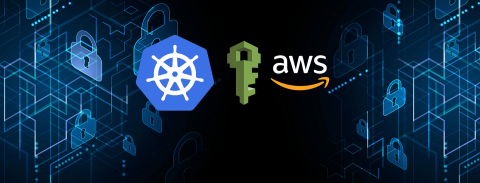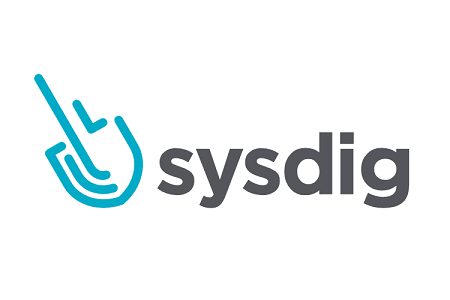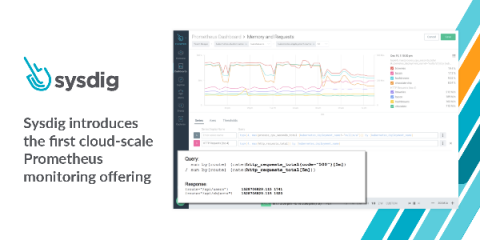Operations | Monitoring | ITSM | DevOps | Cloud
Latest News
Migrating to Kubernetes
The reasons to move to Kubernetes are many and compelling. This post doesn’t make the case that you should migrate, but assumes you have already decided that you want to. When you’re clear on what you want to do and why you want to do it, the questions of “When?” and “How?” become your focus. What follows centers on the question of how to approach making Kubernetes the platform on which your workloads thrive.
Monitor Apache Flink with Datadog
Apache Flink is an open source framework, written in Java and Scala, for stateful processing of real-time and batch data streams. Flink offers robust libraries and layered APIs for building scalable, event-driven applications for data analytics, data processing, and more. You can run Flink as a standalone cluster or use infrastructure management technologies such as Mesos and Kubernetes.
Challenges using Prometheus at scale
This article will cover the most common challenges you might find when trying to use Prometheus at scale. Prometheus is one of the foundations of the cloud-native environment. It has become the de-facto standard for visibility in Kubernetes environments, creating a new category called Prometheus monitoring. The Prometheus journey is usually tied to the Kubernetes journey and the different development stages, from proof of concept to production.
Runtime Security in Rancher with Falco
Runtime security for Rancher environments requires putting controls in place to detect unexpected behavior that could be malicious or anomalous. Even with processes in place for vulnerability scanning and implementing pod security policies and network policies in Rancher, not every risk will be addressed. You still need mechanisms to confirm these security barriers are effective and provide a last line of defense when they fail.
Our roadmap for the new Docker image API and pipeline build step enhancements
In our previous announcement for the removal of the Codefresh Docker registry, we presented a timeline of the migration phases along with the actions expected from our customers. One of the milestones in the migration process is the introduction of our new Image API along with several enhancements on the pipeline build step. We believe that these features deserve a dedicated explanation of why they are useful on their own (regardless of the registry removal).
IAM Access in Kubernetes: kube2iam vs kiam
IAM is the de-facto method of authorization in AWS. Most Kubernetes “Quick Start” guides for AWS do not adequately cover how to manage IAM access in your pods. This blog series will first go over the security issues specific to AWS IAM on Kubernetes, then compare solutions, and then end with a detailed walkthrough for setting up your cluster with one of those solutions.
Sysdig Provides the First Cloud-Scale Prometheus Monitoring Offering
Sysdig Introduces the First Cloud-Scale Prometheus Monitoring Offering
Today, we are excited to announce a huge step forward for Sysdig Monitor. We’re introducing the ability for our customers to use Sysdig to scale Prometheus monitoring to millions of metrics with long-term retention. The improvements we are releasing make Sysdig the first cloud-scale monitoring offering to deliver full Prometheus compatibility.
PromCat: A resource catalog for enterprise-class Prometheus monitoring
PromCat, short for Prometheus Catalog, is a resource catalog for enterprise-class Prometheus monitoring. Prometheus has been revolutionary in the way we monitor our cloud-native environments, attracting immense attention from the open-source community and making the amount of Prometheus monitoring resources explode. Now, there are so many resources available that it’s no longer easy to filter out the good ones and discard those that are poorly documented or obsolete.











